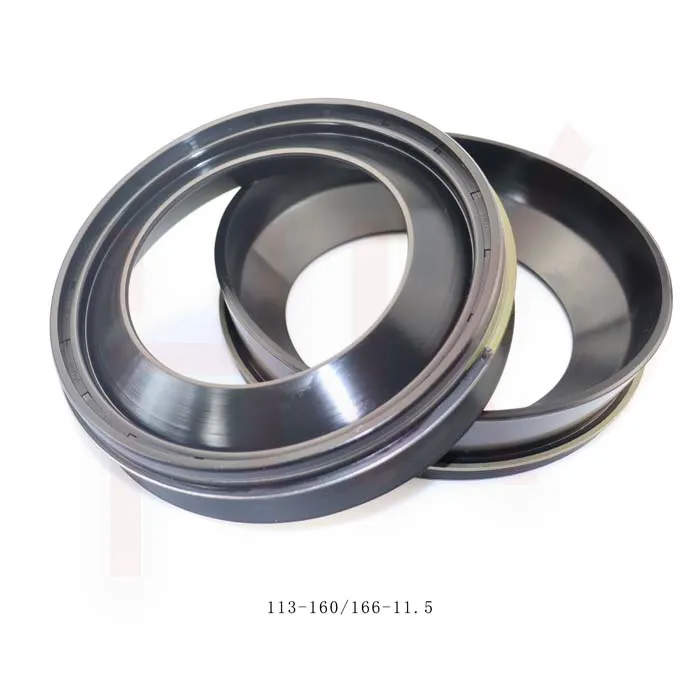Sep . 16, 2024 00:15 Back to list
metric wiper seals
Understanding Metric Wiper Seals Essential Components for Hydraulic Systems
Metric wiper seals are integral components in hydraulic systems, widely used in various industries due to their efficiency in preventing contamination. As machinery operates, hydraulic cylinders and pistons are subject to exposure from dirt, dust, and other foreign particles. This exposure can lead to significant wear over time, compromising the system's performance and longevity. Metric wiper seals play a crucial role in mitigating these risks by ensuring that such contaminants are kept at bay.
A wiper seal is typically positioned at the rod or piston head of a hydraulic cylinder. Its primary function is to wipe away any contaminants that may be present as the rod retracts into the cylinder. This action protects critical components from potential damage and helps maintain the internal fluid's purity. Wiper seals are designed with specific profiles and materials to accommodate varying pressures and temperatures, ensuring optimal performance across different applications.
One of the key advantages of metric wiper seals is their standardized sizing, which simplifies the design process for hydraulic systems. In contrast to imperial systems, metric sizing enables manufacturers and engineers to streamline the selection of seals, ensuring compatibility and performance reliability. The use of standard sizes minimizes inventory complexities and reduces the likelihood of errors when replacing seals.
metric wiper seals

Material selection for metric wiper seals is also critical. These seals are commonly made from elastomers such as Nitrile (Buna-N), Polyurethane, and Fluoroelastomers. Each material exhibits unique properties that make it suitable for specific environmental conditions. For instance, Nitrile seals are known for their resilience and wear resistance in moderate temperatures, while fluorinated elastomers can withstand higher temperatures and offer superior chemical resistance.
In addition to material and size considerations, the design of the wiper seal can greatly influence its effectiveness. Seals may feature various lip designs to optimize the wiping action, ensuring that they efficiently clear debris without damaging the rod surface. Innovations in seal design continue to evolve, including the introduction of multiple lip configurations and integrated features to enhance overall performance.
In conclusion, metric wiper seals are vital for the reliability and longevity of hydraulic systems. By effectively preventing contamination and ensuring the purity of hydraulic fluids, these seals contribute significantly to the efficiency of machinery across numerous applications. As industries continue to evolve, the role of metric wiper seals will remain paramount in maintaining high-performance standards in hydraulic applications.
-
Reliable Oil Seal Wheel Hub Solutions for Industrial & Automotive Use
NewsNov.17,2025
-
Durable Front Hub Oil Solutions for Industry – HKAiSeal
NewsNov.17,2025
-
Wholesale Hydraulic Pump Motor Seal Kit A4VSO250 | In Stock
NewsNov.17,2025
-
Pump Seal Kits: Essential Components for Industrial Reliability
NewsNov.17,2025
-
TCV Oil Seal - Double-Lip, Spring-Loaded, High Temp & Wear
NewsNov.17,2025
-
Hydraulic Seal Kits: Reliable Solutions for Industrial Equipment
NewsNov.17,2025
-
Combined oil seal 659214 12001903B, fits 119990, NBR OEM
NewsNov.17,2025
Products categories
















